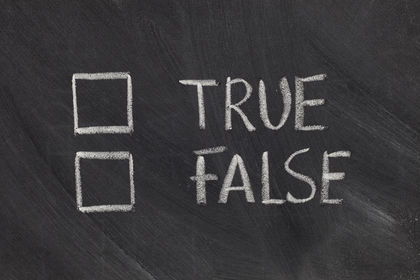
Minnesota Multiphasic Personality Inventory, 2nd edition (MMPI-2): The MMPI is perhaps the most widely used psychological test in the world. It was originally developed in the 1930s by Starke Hathaway and J.C. McKinley. The current version of the test consists of 567 True or False items. A tremendous amount of research involving the MMPI has been produced over the years; consequently, there are well-established clinical correlates for the various scores a patient might produce. In essence, after a patient has completed the MMPI, it is possible to compare the way she responded to the test items to the way that tens of thousands of prior patients responded. The clinician can identify a subgroup of prior patients that responded to the items in a way similiar to how the new patient did. What is known about that prior patient subgroup (e.g., symptoms, diagnoses, responses to various treatments, prognosis, social and development history) can then be used to enhance the assessment and treatment of the new patient. Items were originally selected for inclusion using an "empirical keying" method. A group of patients known to have a specific disorder (e.g., psychopathy, schizophrenia, major depression, hypomania) completed a set of candidate items, and their answers were contrasted with the normative sample (non-patient "normals"). Only items that differentiated the criterion (patient) group from the normative group were included on that Clinical Scale. One advantage of this item selection method is that the MMPI Clinical Scales contain some items that, on the face of it, do not appear to measure the domain of interest; this makes "faking ill" or "faking well" more difficult (as do the various Validity Scales embedded in the test). For example, an item that asks whether or not you tease animals is may actually be assessing depressed mood. What is important is whether, during the item selection process, depressed patients consistently responded to that item differently than "normals" did. The two highest Clinical Scales combine to form a patient's MMPI Codetype. A "4-9" represents elevations on the scales for Psychopathic Deviancy and Hypomania. This code is common among people with Antisocial Personality Disorder and others with criminal histories. A "2-7" represents elevations on the scales for Depression and Psychasthenia. these patients are anxious, depressed, tense, and guilty. They constitute the "bread and butter" clientele for psychotherapists. A "6-8" codetype is the most common scale configuration among persons with paranoid schizophrenia.
No comments:
Post a Comment
Note: Only a member of this blog may post a comment.